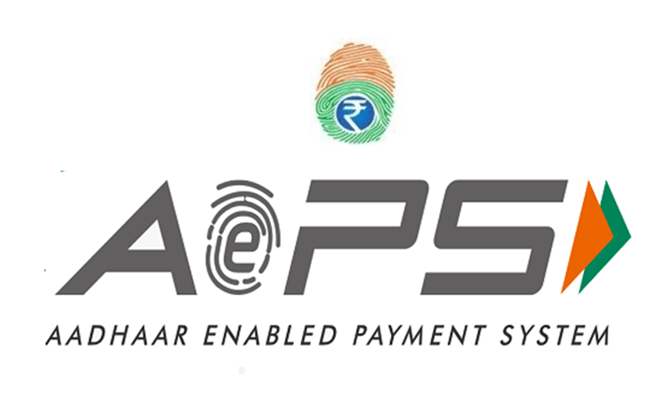AEPS stands for Aadhaar Enabled Payment System, a government-backed initiative launched by the National Payments Corporation of India (NPCI) that facilitates financial transactions using Aadhaar authentication. Aadhaar is a 12-digit unique identification number issued by the Unique Identification Authority of India (UIDAI) that serves as a proof of identity and address. AEPS enables individuals to carry out banking transactions without the need for a debit or credit card, or a signature.
AEPS was launched in 2016 with the aim of increasing financial inclusion in India by providing a safe, secure, and easy-to-use platform for banking services. It is particularly useful for people living in rural areas where traditional banking services may not be easily accessible. AEPS allows individuals to perform banking transactions such as balance enquiry, cash withdrawal, and funds transfer through their Aadhaar number.
How does AEPS work?
AEPS is a simple and easy-to-use platform that requires a few steps to complete transactions. Here’s how AEPS works:
- Authentication: The first step is to authenticate the user’s identity using their Aadhaar number and biometric information (fingerprint or iris scan). This ensures that the transaction is secure and only the authorized user can perform the transaction.
- Transaction: Once the user’s identity is authenticated, they can carry out various transactions such as cash withdrawal, balance enquiry, and funds transfer.
- Confirmation: After the transaction is complete, the user receives a confirmation message with details of the transaction.
Features of AEPS:
- Financial Inclusion: AEPS aims to increase financial inclusion by providing a platform that is accessible to all, including people in rural areas.
- Safe and Secure: AEPS is a secure platform that uses Aadhaar authentication and biometric information to ensure that only the authorized user can perform the transaction.
- Easy to use: AEPS is easy to use and requires only the user’s Aadhaar number and biometric information to carry out transactions.
- No need for debit or credit cards: AEPS eliminates the need for debit or credit cards, making it a convenient option for people who may not have access to these cards.
- Low transaction costs: AEPS has lower transaction costs compared to other modes of payment, making it a cost-effective option for users.
Types of Transactions that can be performed using AEPS:
- Cash withdrawal: Users can withdraw cash from their bank account using their Aadhaar number and biometric information.
- Balance enquiry: Users can check their account balance using their Aadhaar number and biometric information.
- Fund transfer: Users can transfer funds from their bank account to another account using their Aadhaar number and biometric information.
- Mini statement: Users can request a mini statement of their account using their Aadhaar number and biometric information.
Benefits of AEPS:
- Financial Inclusion: AEPS promotes financial inclusion by providing banking services to people who may not have access to traditional banking services.
- Secure Transactions: AEPS is a secure platform that uses Aadhaar authentication and biometric information to ensure that only the authorized user can perform the transaction.
- Easy to use: AEPS is an easy-to-use platform that requires only the user’s Aadhaar number and biometric information to perform transactions.
- Cost-effective: AEPS has lower transaction costs compared to other modes of payment, making it a cost-effective option for users.
- Convenient: AEPS eliminates the need for debit or credit cards, making it a convenient option for users who may not have access to these cards.
Limitations of AEPS:
- Dependence on Aadhaar: AEPS is dependent on Aadhaar authentication, which may be a limitation for people who do not have an Aadhaar number.
- Dependence on Biometric authentication:






